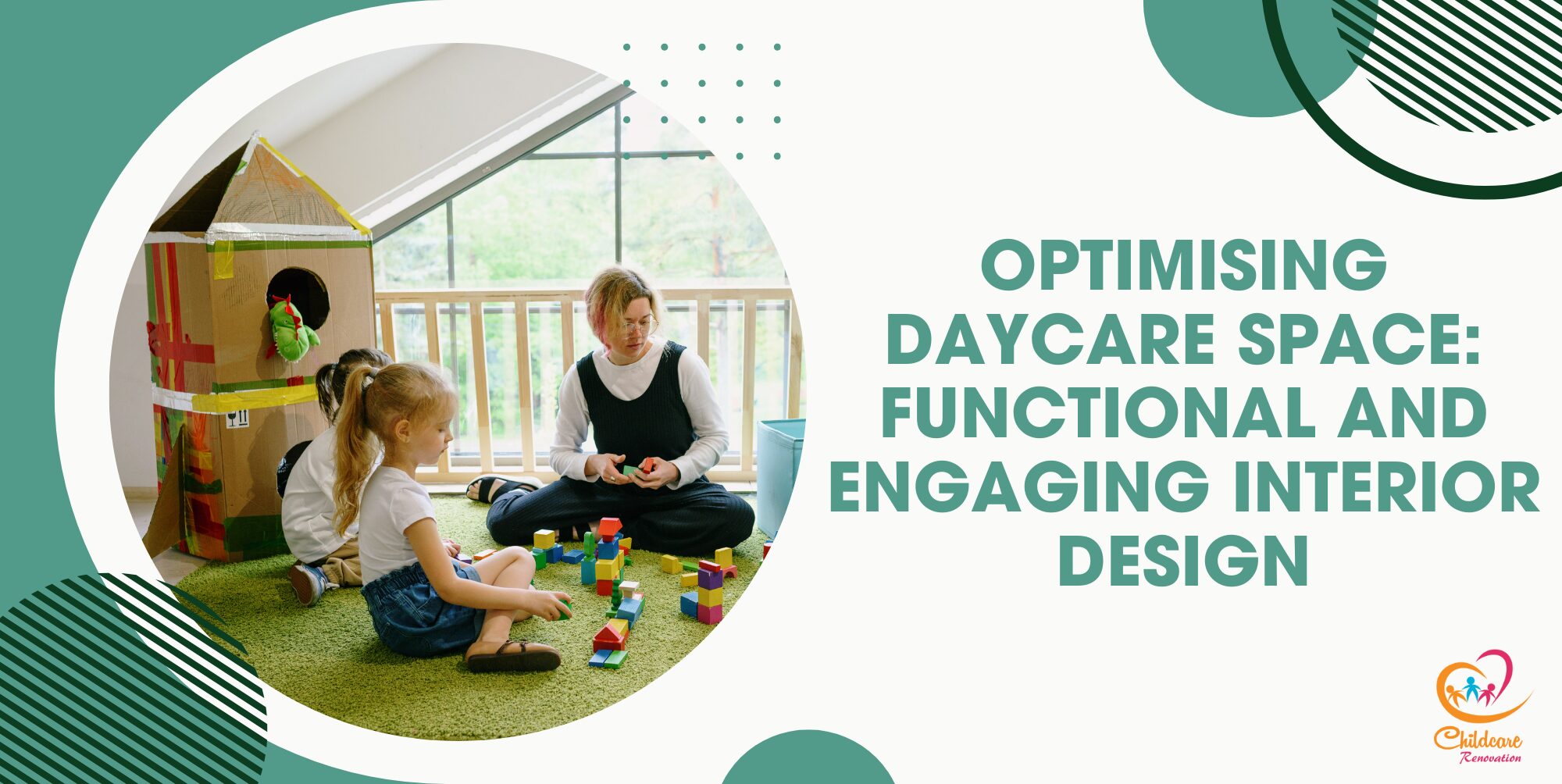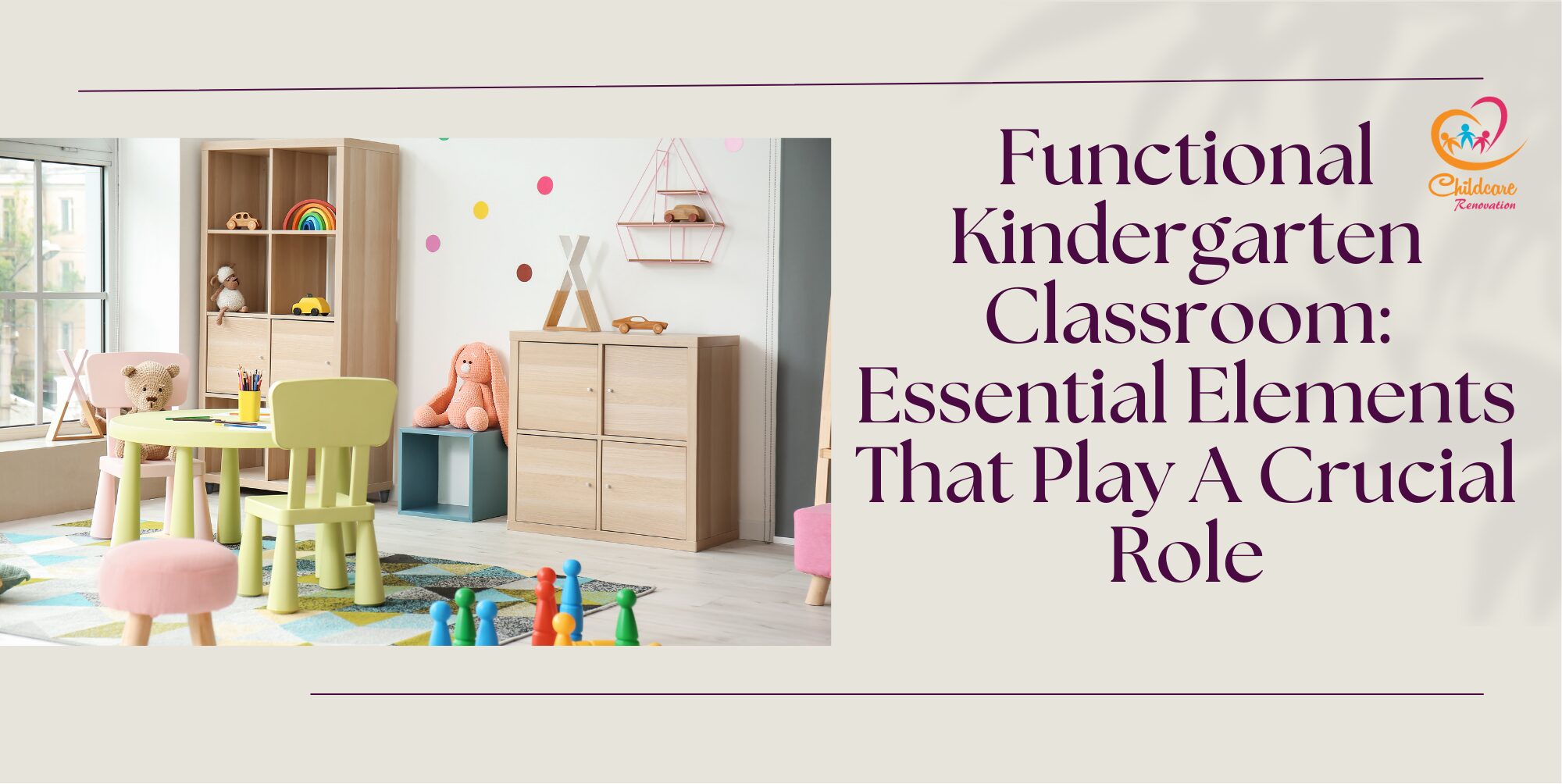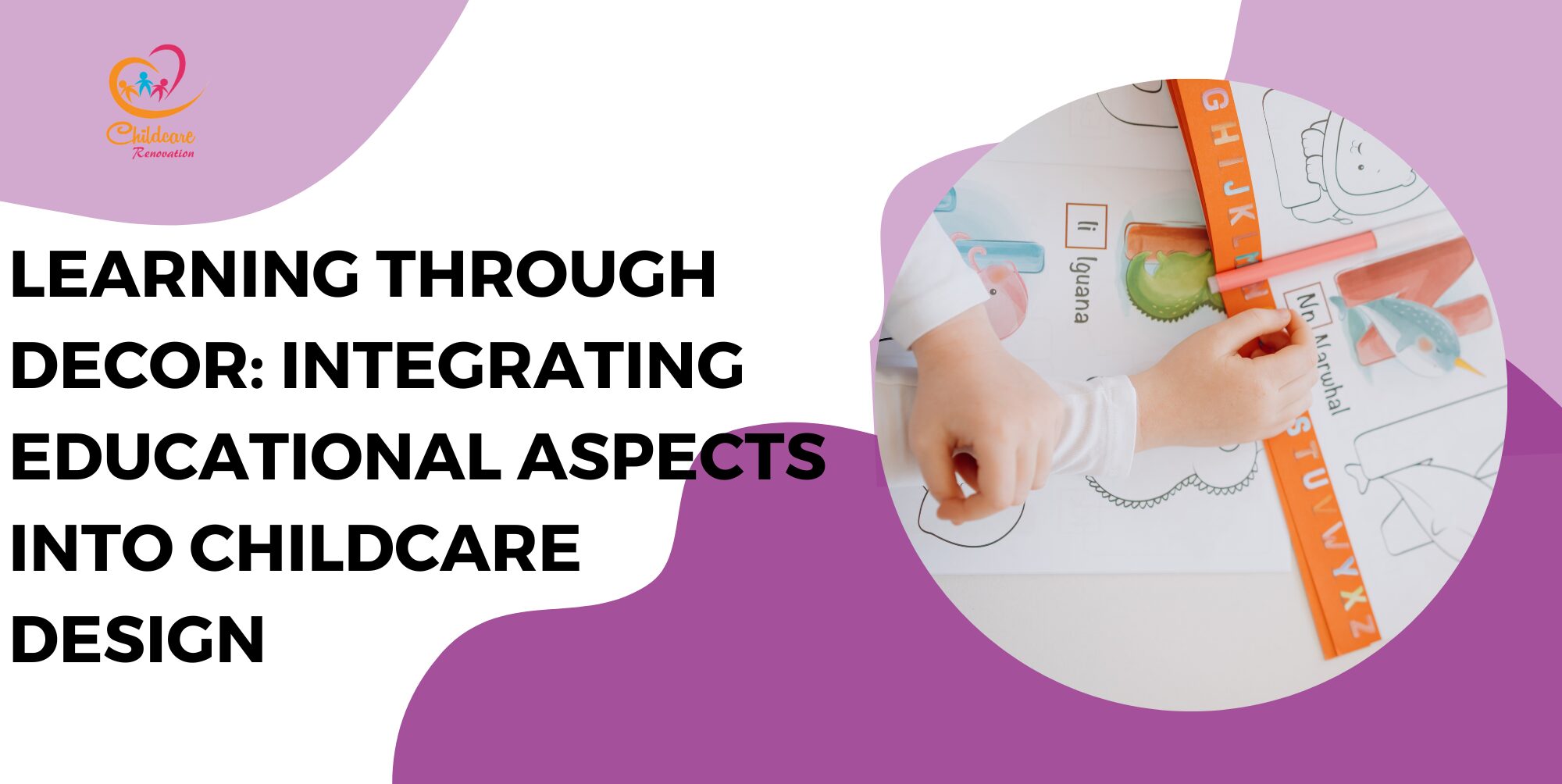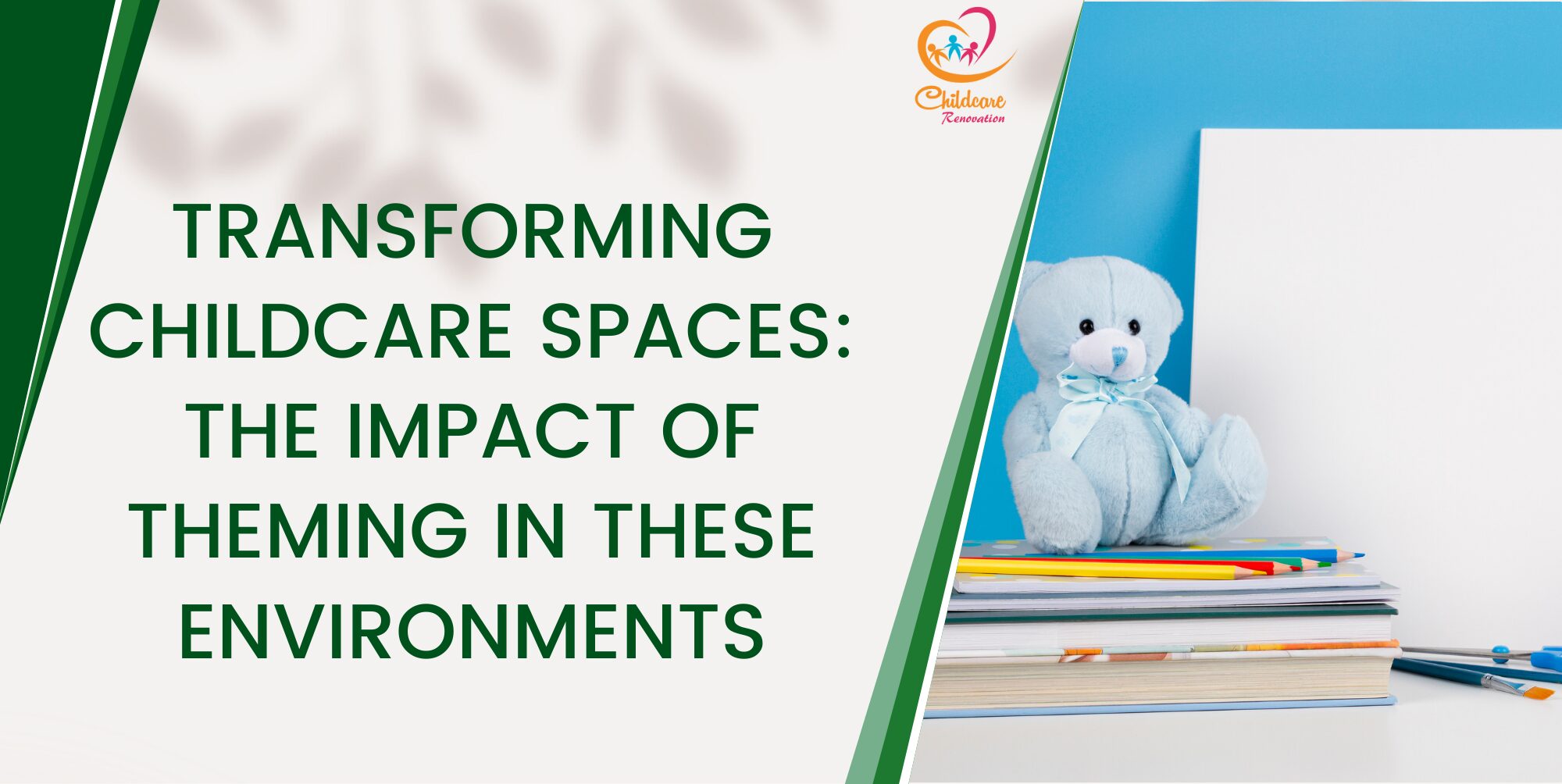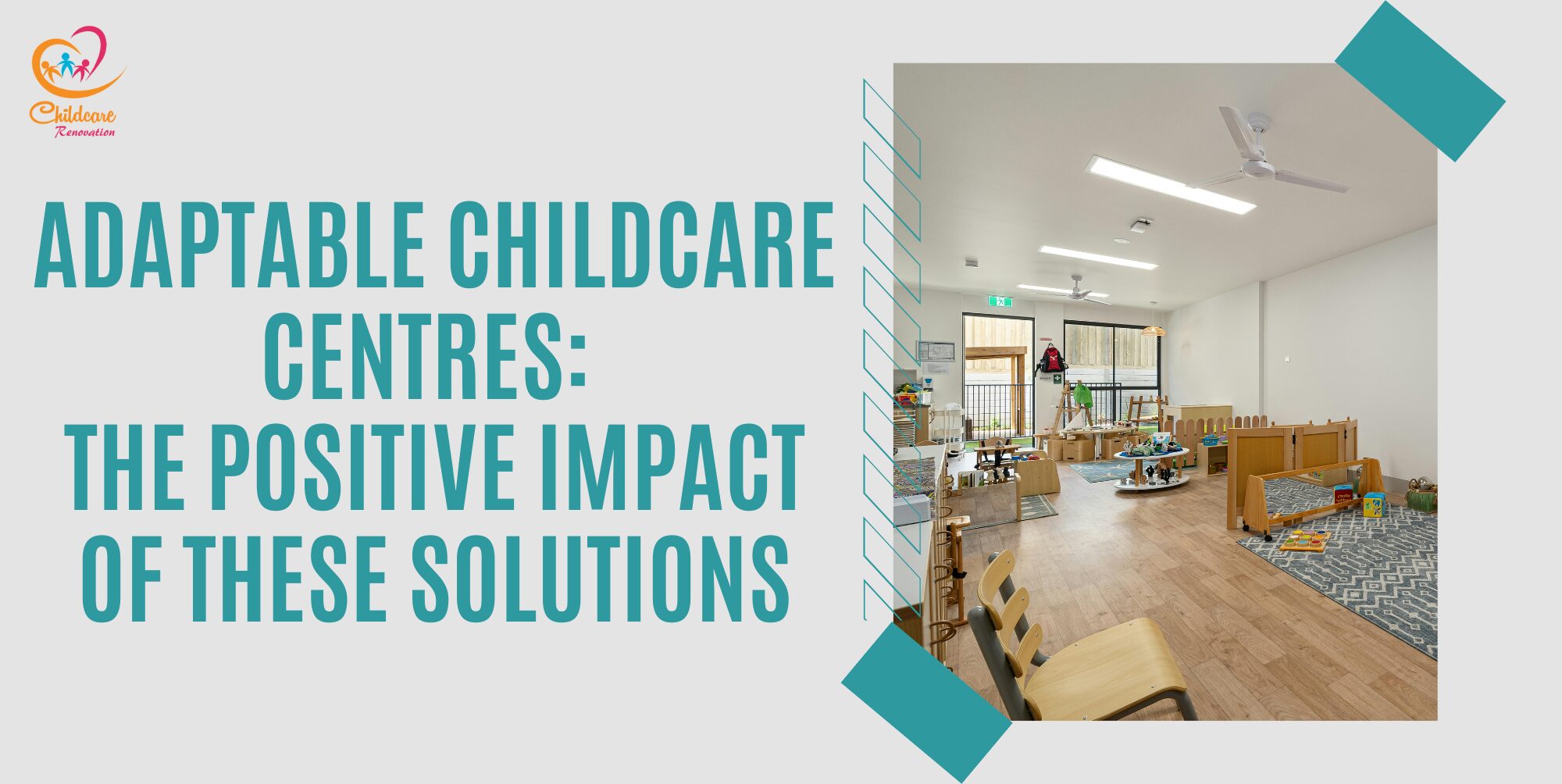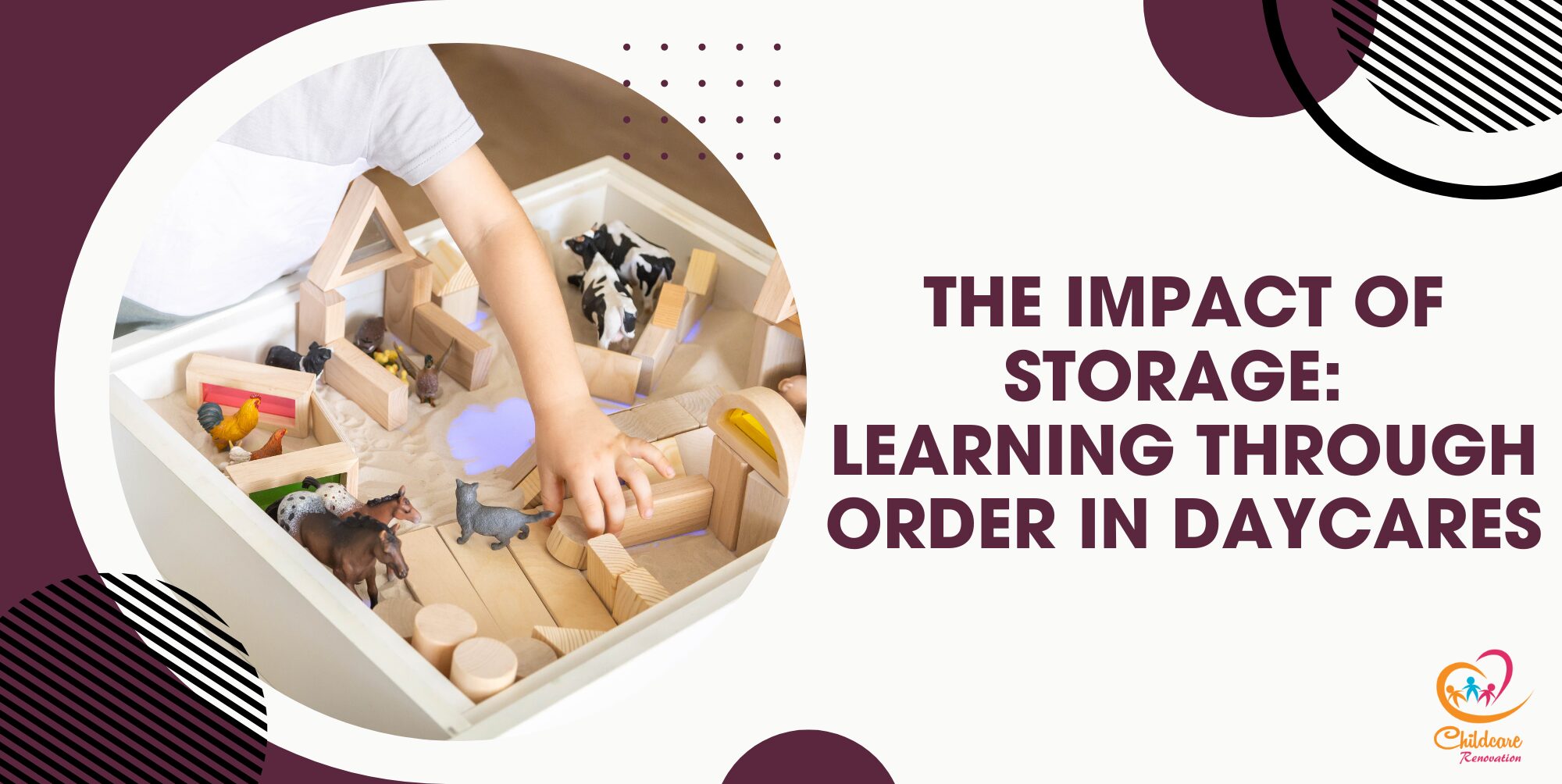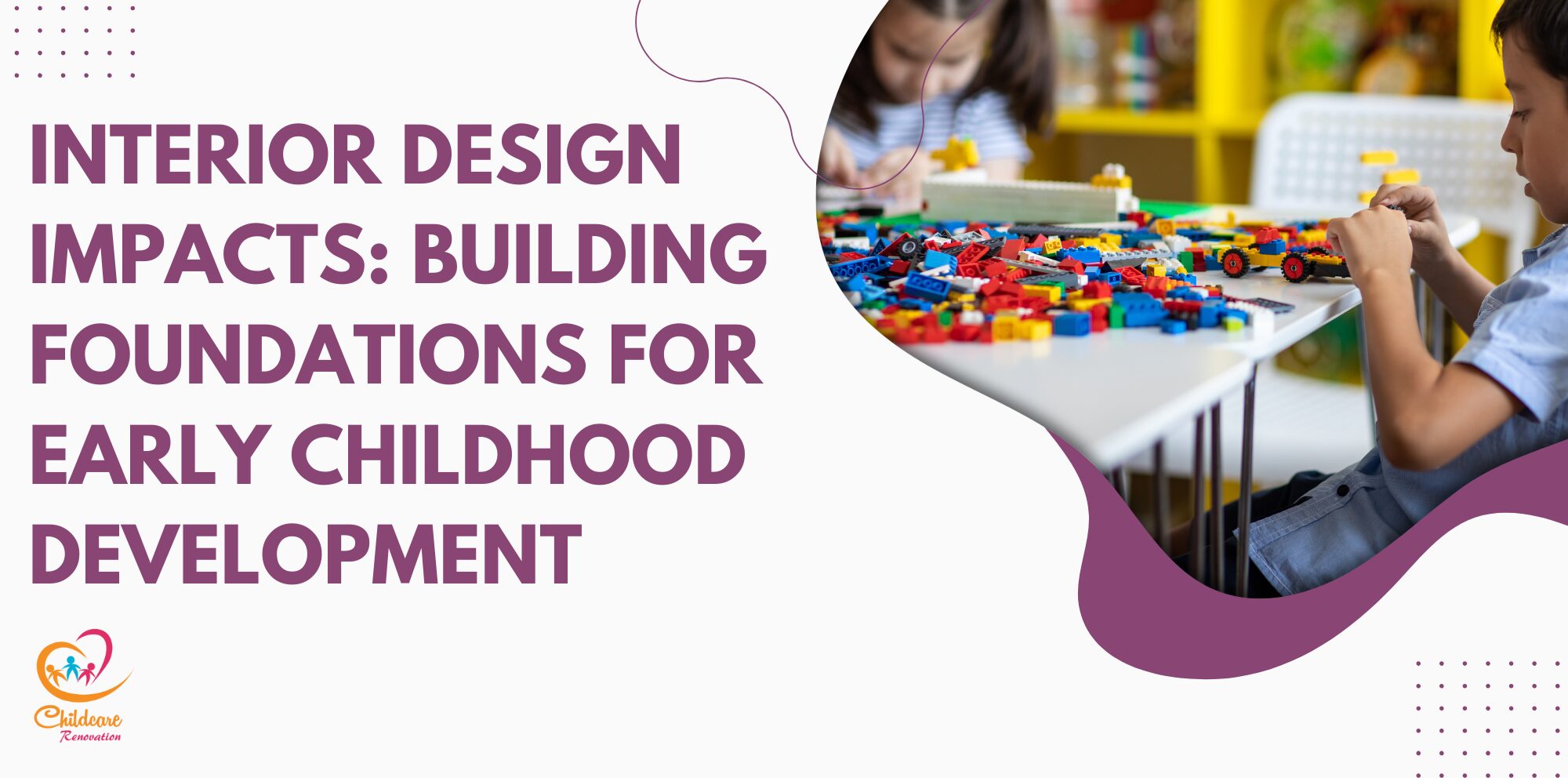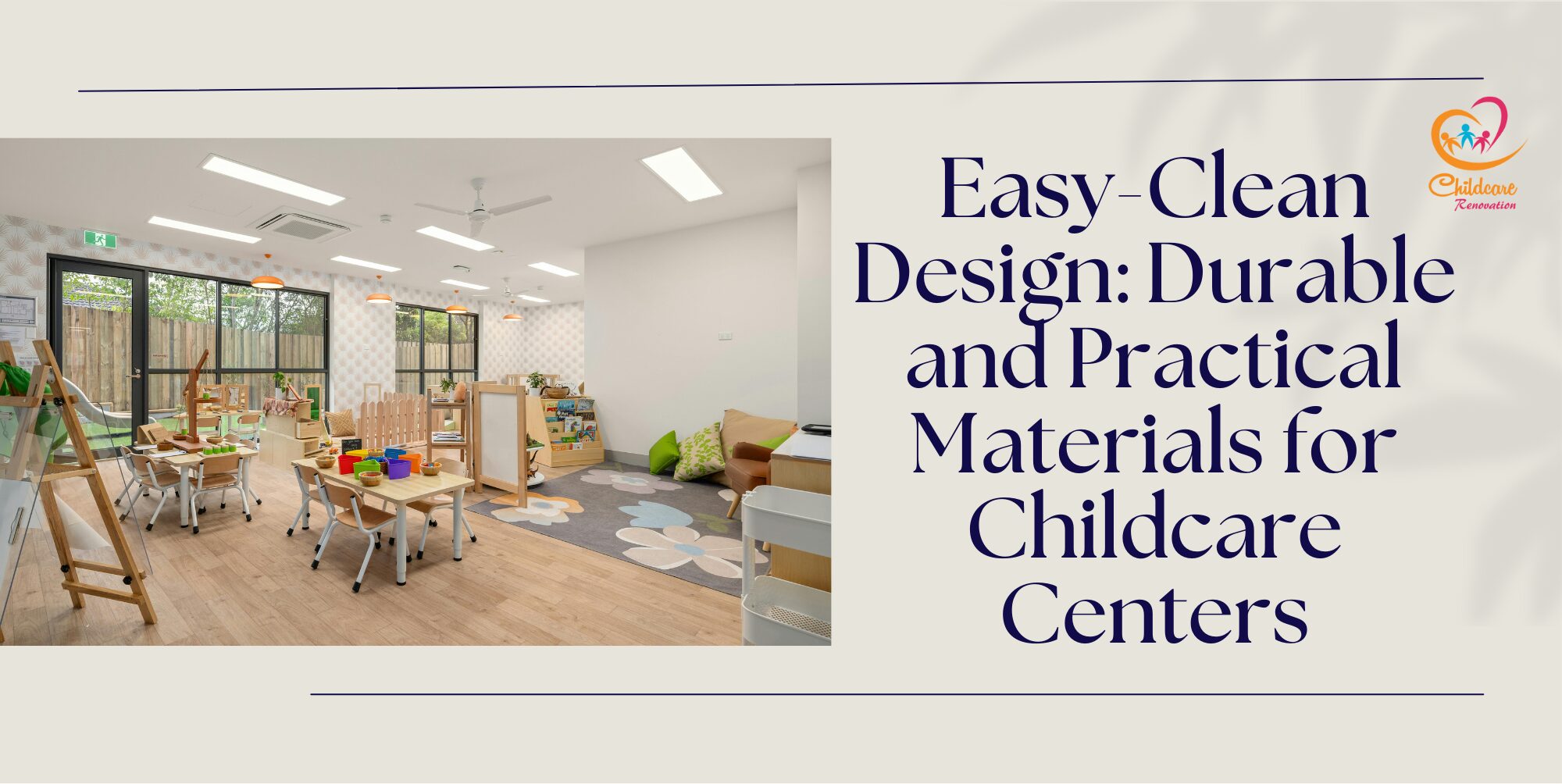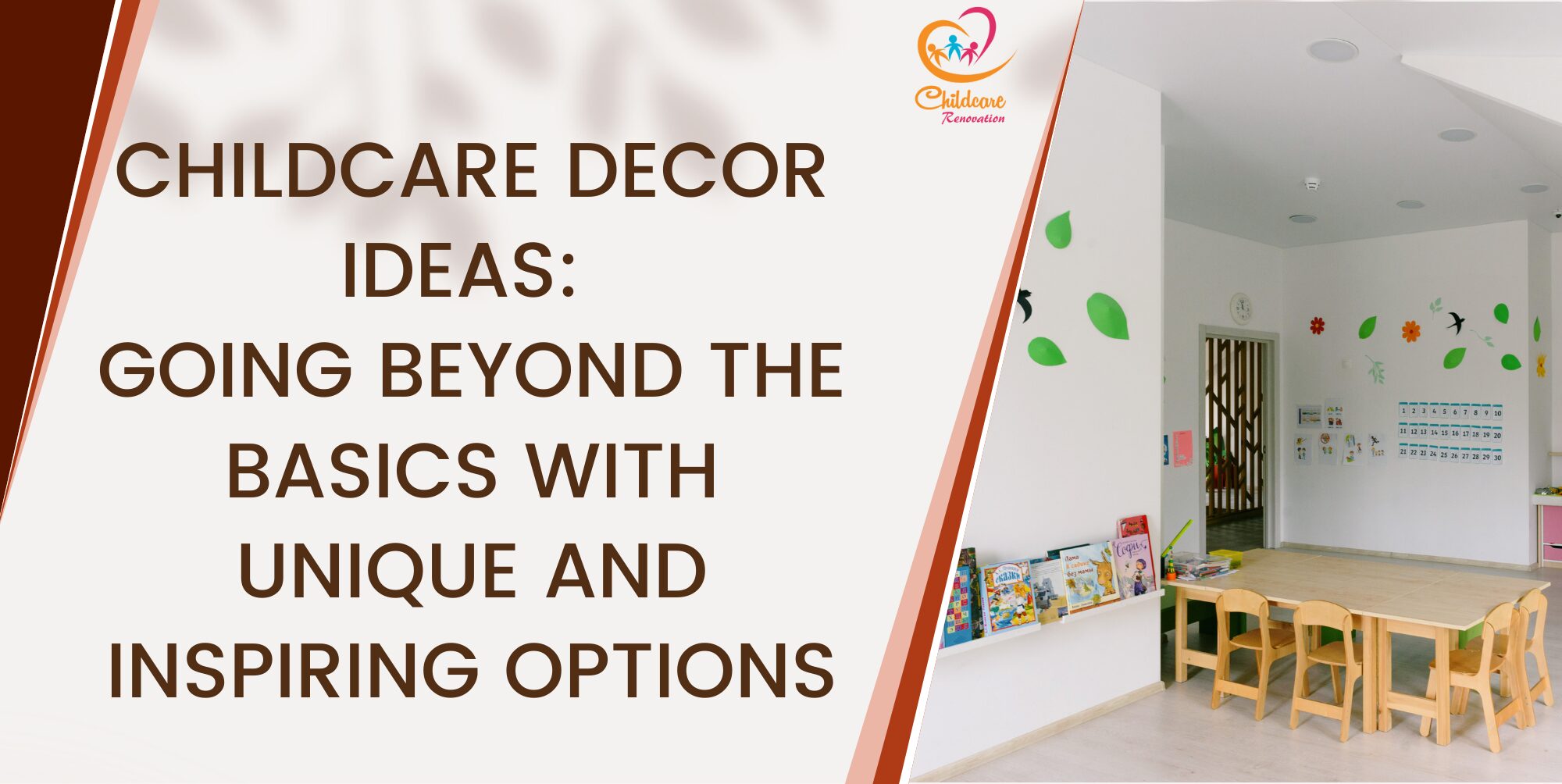Nursery class decor is an aspect that is very important when designing and decorating the establishment. There are multiple ways in which a nursery class can be decorated to perform to its maximum potential. Here are 4 important methods that should be incorporated in these establishments in order to create a functional and well-rounded class.
Nursery Class Decor #1: Interactive Elements

Image Credit: Canva
Interactive elements in a nursery class are essential for fostering an engaging and dynamic learning environment. These elements encourage hands-on learning and stimulate creativity alongside supporting cognitive development. One popular interactive feature is the activity wall which can include various elements such as sensory boards, magnetic panels and interactive puzzles. Sensory boards offer a variety of textures and objects for children to interact with when is helpful in enhancing their fine motor skills and sensory awareness. Magnetic panels with letters, numbers and shapes allow for endless possibilities in creating words and patterns; thus, promoting literacy and numeracy skills in a playful manner.
Incorporating technology in the setting such as touch-screen tablets or interactive whiteboards can also aid in enriching the learning experience of young children. These devices can be used for educational games, drawing and art activities as well as story time. This helps make learning both fun and versatile; thus, becoming a factor of appeal among young minds. Interactive story corners which are equipped with puppets, props and felt boards encourage children to engage in storytelling and imaginative play when in the setting. This not only enhances their language skills but also fosters creativity and social interaction as they collaborate with their peers.
Art and craft stations with essential materials such as crayons, markers and play dough allow young children to express themselves artistically. These areas can be designed with themes to keep activities fresh and exciting. Additionally, incorporating physical interactive elements such as climbing walls and soft play equipment helps in the development of gross motor skills alongside provides an outlet for physical energy.
Interactive displays and bulletin boards that feature themes and projects can also serve as a dynamic element in the classroom. These displays can showcase children’s artwork while highlighting educational themes alongside featuring interactive components such as velcro pieces; thus, making the learning process visually stimulating and engaging. Overall, incorporating a variety of interactive elements in a nursery class not only enhances educational outcomes but also creates a vibrant and joyful learning environment where children can thrive and enjoy thoroughly.
Nursery Class Decor #2: Appropriate Furniture

Image Credit: Canva
Choosing the right furniture for a nursery class is crucial in creating an engaging, safe and functional learning environment. Child-sized tables and chairs are essential as they have the capacity to provide comfort and accessibility for young children; hence, encouraging proper posture and independent interaction. These pieces should be colourful, durable and easy to clean alongside having smooth edges to ensure safety. Storage solutions are another vital element as they help create and maintain an organised space. Brightly coloured bins and low shelves enable children to independently access and store their belongings which in turn is helpful in fostering a sense of responsibility and ownership.
Flexible seating options such as bean bags, floor cushions and small sofas help in creating cosy reading nooks and simple relaxation areas; thus, promoting a love for reading and quiet time. Multi-functional furniture such as tables with built-in storage or foldable options maximises space and versatility which then allows the classroom to adapt to various activities throughout the day. Incorporating interactive elements into furniture can significantly enhance the learning experience. Additionally, furniture that integrates technology such as smart tables or interactive screens can support digital learning in a playful manner.
Moreover, choosing eco-friendly furniture made from sustainable materials contributes to a healthier environment for children. Finally, personalisation of the space with individual cubbies or hooks for the child’s belongings and designated areas for displaying their artwork and projects fosters a sense of belonging and pride. By carefully selecting and arranging furniture, educators can create a welcoming, stimulating and safe environment that supports the developmental needs and well-being of young children.
Nursery Class Decor #3: Safety and Security

Image Credit: Canva
Ensuring safety in a nursery class is extremely crucial when it comes to creating a secure and nurturing environment where young children can learn and grow. Safety measures should encompass both physical and emotional aspects to provide proper and comprehensive protection. Physically, the classroom must be designed with non-toxic materials in which it is key to ensure that all paints, furniture and toys meet the set safety standards. Furniture should be appropriately sized for children and securely anchored to prevent mishaps. Sharp edges must be cushioned and small objects that pose choking hazards should be avoided. The layout should allow for easy and proper supervision with clear sight lines so teachers can monitor all areas effectively.
Proper lighting is also essential with natural light being ideal for creating a bright and inviting space. Soft and ambient lighting can be used to avoid a harsh glare. Emergency procedures must be established and regularly practiced, some of which include fire drills and lockdown protocols. Easily accessible first aid kits and staff trained in basic first aid is extremely important to ensure that they can address minor injuries promptly and effectively as and when needed. Outdoor areas in the setting should be securely fenced with safe and cushioned flooring to prevent injuries from falls.
Equipment must be regularly inspected and maintained to ensure it is in good working condition. Supervised outdoor play not only ensures safety but also promotes physical health and development. Finally, involving parents in safety protocols and keeping open lines of communication ensures that safety measures are consistent between home and school. This helps in providing a unified approach to each child’s well-being. By prioritising these safety measures, nursery classes can offer a secure and solid foundation for a child’s early learning experiences.
Nursery Class Decor #4: Outdoor Area

Image Credit: Canva
Creating an engaging outdoor area for a nursery class is essential for fostering a young child’s physical, cognitive and social development. The space should be designed with a variety of activities and environments that cater to the diverse interests and abilities of young children. A small gardening space can be a great addition to the establishment as it allows children to plant seeds, water plants and observe the growth process. This hands-on experience with nature is essential in teaching young children about responsibility and the environment surrounding them from a very early age.
Additionally, a dedicated play area with safe and cushioned flooring is crucial. This area can include a variety of equipment such as slides, swings and climbing frames to encourage physical activity, coordination and muscle development alongside being a good outlet to release their energy. Incorporating natural elements such as trees, shrubs and flowers can provide shade and create a more inviting atmosphere. Paths for walking or riding tricycles can promote motor skills and coordination while open spaces can be used for games and free play; thus, fostering creativity and social interaction. Furthermore, it is beneficial to include areas with a sandbox or water play zone as it also can help stimulate sensory experiences and imaginative play among young children.
Safety is essential in any outdoor area for young children. All equipment should be made sure that it is age-appropriate and regularly maintained to prevent injuries. The play area should be enclosed with a secure fence to keep children safe and allows teachers to always keep an eye on the young children during activities. Additionally, ensuring that the outdoor space is free from harmful insects and hazardous materials are essential steps in creating a safe environment.
The outdoor area should also include shaded areas and seating for rest and quiet activities. This can include benches, picnic tables or even a cosy reading nook with weatherproof cushions and a selection of outdoor books. By thoughtfully designing an outdoor area, educators can provide a well-rounded and nurturing environment that helps to guide and support the holistic development of every young child when in the establishment.
Speak with The Experts
Planning to get started at your kindergarten but have no idea about it?
Childcare Center Renovation Singapore is a reliable company for renovation and interior design. They have about ten years of experience in this field and have a good reputation among customers.
Call us now to get your desired kindergarten design ideas now!



